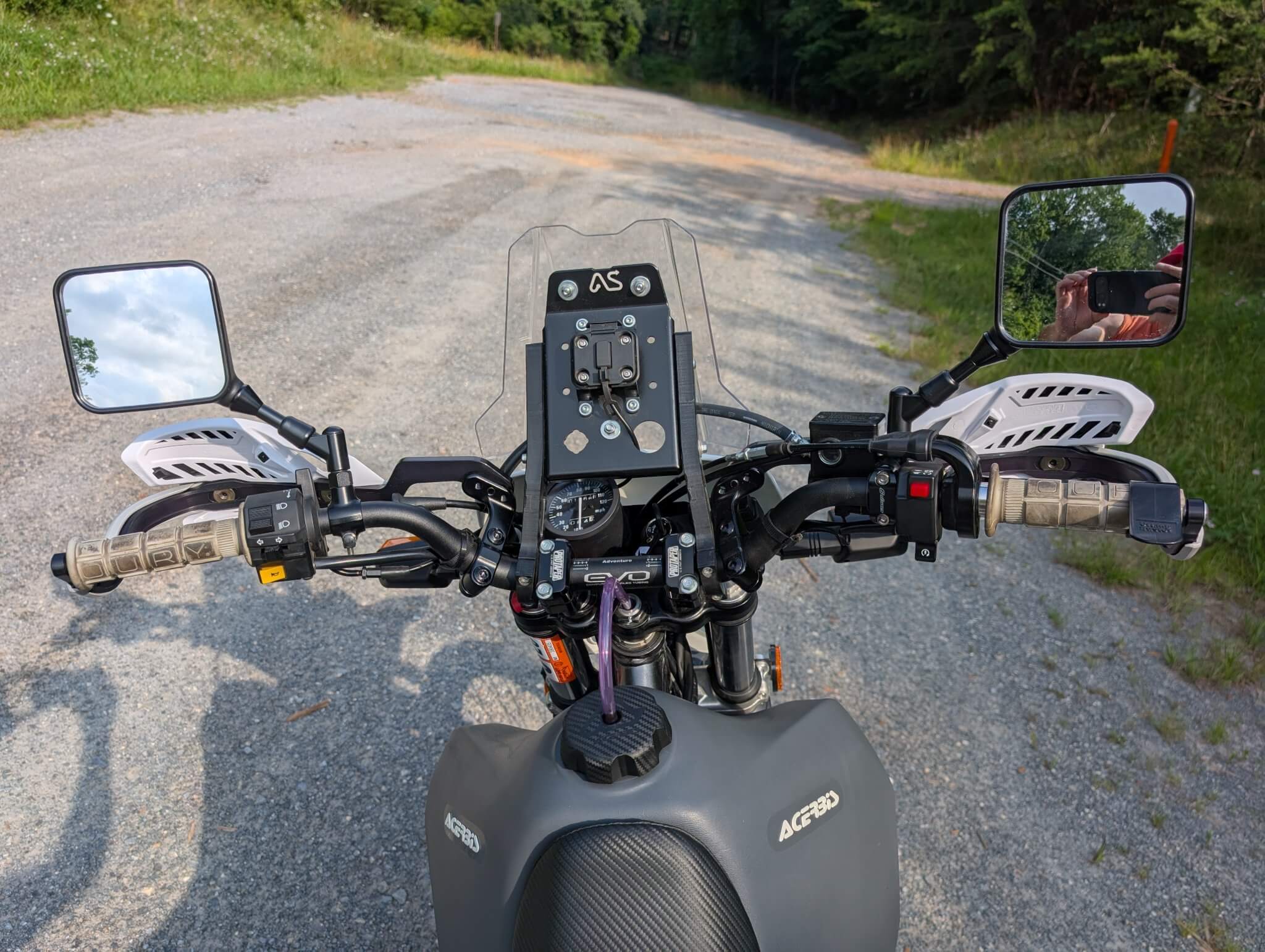✅ SECTION 3: Trail Etiquette & Right of Way
OHV trails may be remote, but they are far from lawless.
Just like on public roads, there’s a code of conduct—an unspoken agreement between riders that keeps everyone safe and respectful. Trail etiquette begins with understanding who has the right of way. When meeting another rider on a slope, the uphill rider has the right of way.
This is because it’s harder to regain momentum while climbing than descending. If you need to yield, find a safe and wide section to pull over, turn off your engine if needed, and allow the other rider to pass without pressure.

Passing slower riders or groups should also be done with respect. Always slow down, signal your presence by honking or calling out, and wait for them to acknowledge and safely move aside. Never ride aggressively, tailgate, or blast by someone in a cloud of dust—that’s a fast way to earn a bad reputation and spark conflict on the trail. Keep a safe distance in group rides, maintain visual contact when possible, and ride single file through narrow areas.
Cutting corners, riding off-trail, or taking “shortcut” lines across switchbacks erodes trails and causes long-term damage that leads to closures.
Stay on the established path at all times, and encourage your group to do the same. Keep an eye on posted signs—many trails include closures due to weather, wildlife, or rehabilitation work. Respect all trail markings, closures, and gates. If you come across a downed tree or trail hazard, report it to land managers or trail groups.
Trail etiquette isn’t just about being nice—it’s about preserving the freedom to ride. Bad behavior gives off-roaders a bad name and endangers trail access for everyone. Set the tone by being courteous, patient, and aware of your impact.

